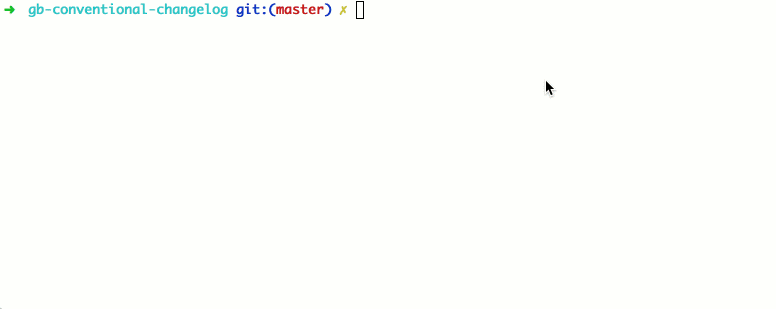When contributing to this repository, it is usually a good idea to first discuss the change you wish to make via issue, email, or any other method with the owners of this repository before making a change. This could potentially save a lot of wasted hours.
Please note we have a code of conduct, please follow it in all your interactions with the project.
In order to perform tests identical in nature to the integration tests we run then simply ensure you gave gitlab-runner installed then run the following command.
gitlab-runner exec docker testKeep in mind this will run the tests on your local copy of the master branch so any changes not committed locally will be missed when testing.
All commits on the repository repository follow the Conventional Changelog standard. It is a very simple format so you can still write commit messages by hand. However it is recommended developers install Commitizen, it extends the git command and will make writing commit messages a breeze.
Getting Commitizen installed is usually trivial, just install it via npm. You will also need to install the cz-customizable adapter which the this repository is configured to use. However the format is simple enough to use manually this makes it easier not to forget, especially for developers not accustomed to the format yet.
npm install -g [email protected] [email protected]Below is an example of Commitizen in action. It replaces your usual git commit command
with git cz instead. The new command takes all the same arguments however it leads you
through an interactive process to generate the commit message.
Commit messages are used to automatically generate detailed changelogs, and to ensure commits are searchable in a useful way. So please use the Commitizen tool or adhere to the commit message standard or else we cannot accept Pull Requests without editing them first.
Below is an example of a properly formated commit message.
chore(commitizen): Made repository Commitizen friendly.
Added standard Commitizen configuration files to the repo along with all the custom rules.
ISSUES CLOSED: #31
- Ensure that install or build dependencies do not appear in any commits in your code branch.
- Ensure all commit messages follow the Conventional Changelog standard explained earlier.
- Update the CONTRIBUTORS.md file to add your name to it if it isn't already there (one entry per person).
- Adjust the project version to the new version that this Pull Request would represent. The versioning scheme we use is Semantic Versioning.
- Your pull request will either be approved or feedback will be given on what needs to be fixed to get approval. We usually review and comment on Pull Requests within 48 hours.
- Ensure version number in setup.py is correct. Note this is updated in both the version property and the download url.
- Make sure any outstanding commits are pushed.
- If a dist/ folder exists delete it.
- Compile source distribution with
python setup.py sdist - Compile binary distribution with
python setup.py bdist_wheel - Check the packages for errors with
twine check dist/* - Upload to Pypi using
twine upload dist/* - Create a tag for the current version such as
git tag -a v3.3,3 -m "version 3.3.3" - Push the tag
- Update the version in CHANGELOG.md and setup.py on master.


